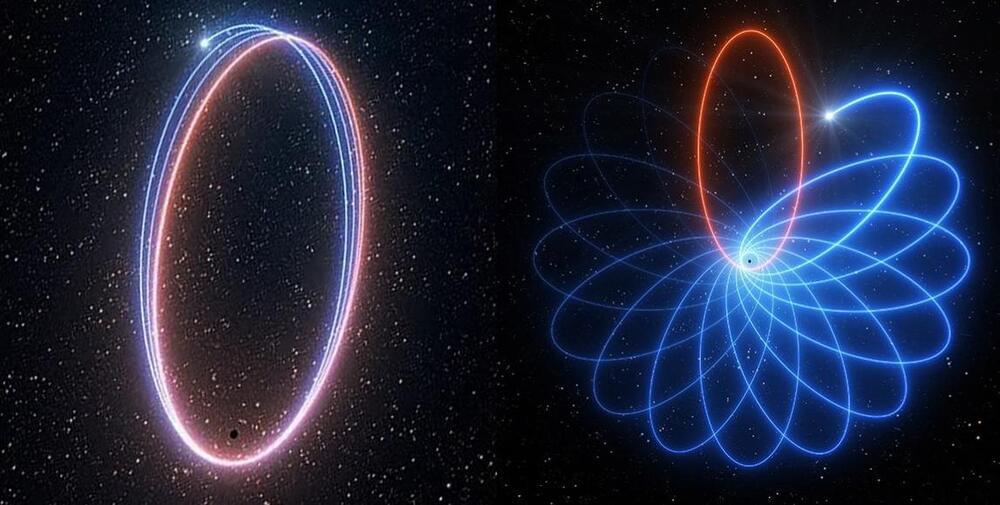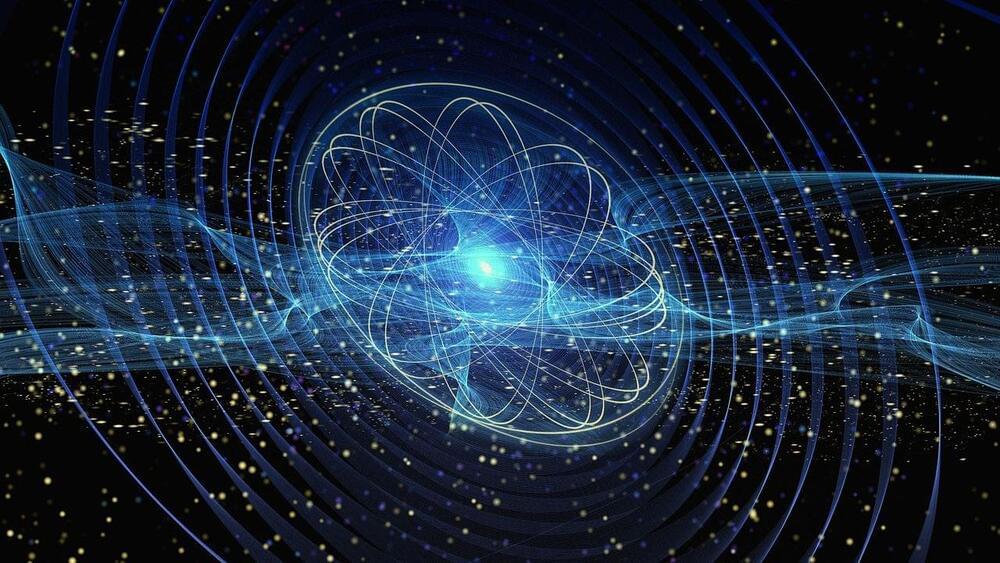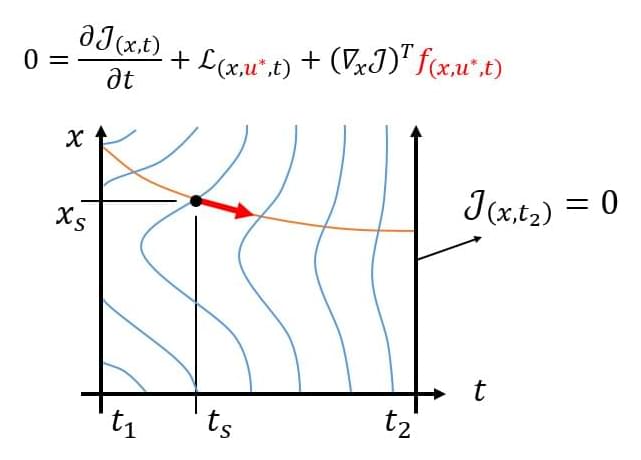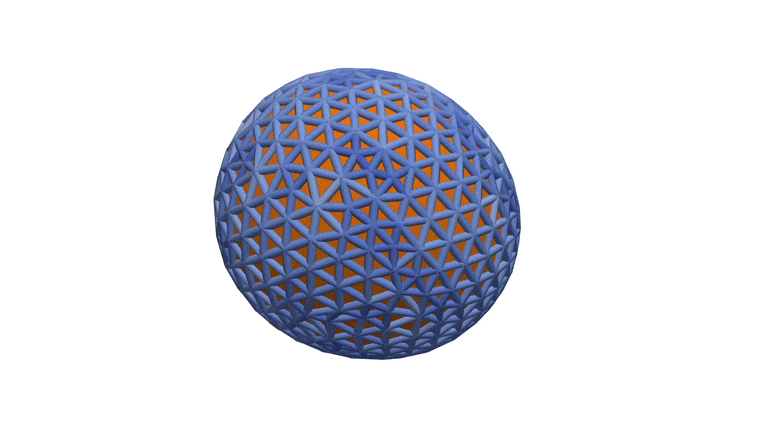Mar 24, 2022
Star’s Mysterious Orbit Around Black Hole Proves Einstein Was Right— Again
Posted by Shubham Ghosh Roy in categories: cosmology, physics
Star’s mysterious orbit around black hole proves einstein was right all along—again.
The star, known as S2, has a 16-year elliptical orbit. It came near 20 billion kilometers of our black hole, Sagittarius A*, last year. If Isaac Newton’s traditional definition of gravity is correct, S2 should then continue on its previous orbit’s course through space. But it didn’t work.
Continue reading “Star’s Mysterious Orbit Around Black Hole Proves Einstein Was Right— Again” »

















